There’d already been four different species of Heron at Kenfig this year when a Great White Egret turned up last week to make it five. It’s been a while since I’ve been on a twitch but this one was too good to resist so with positive reports still coming in on Sunday we headed over. Walking down to the pool it came as a pleasant surprise to spot our quarry almost immediately, circling high in the sky but seemingly not in any hurry to be on its way. Famous last words and all that because by the time we’d made it to the South Hide the Egret had completely vanished. No mean feat when you’re a large, white bird. A few minutes wait though soon had it relocated, this time taking flight from reeds at the opposite end of the pool (of course) from where it proceeded to climb higher and higher into the sky. The rate of ascent was both rapid and effortless, an excellent demonstration of what those large wings are capable of. Fearing that we were about to lose the bird completely I fired off a couple of hopelessly distant record shots but once again we needn’t have worried as it slowly turned and headed back in our direction. We had everything crossed that it would land in front of us but alas it chose a distant tree and stayed there until we left. Still, what a bird and hopefully another step on the road to these becoming a well established British species.
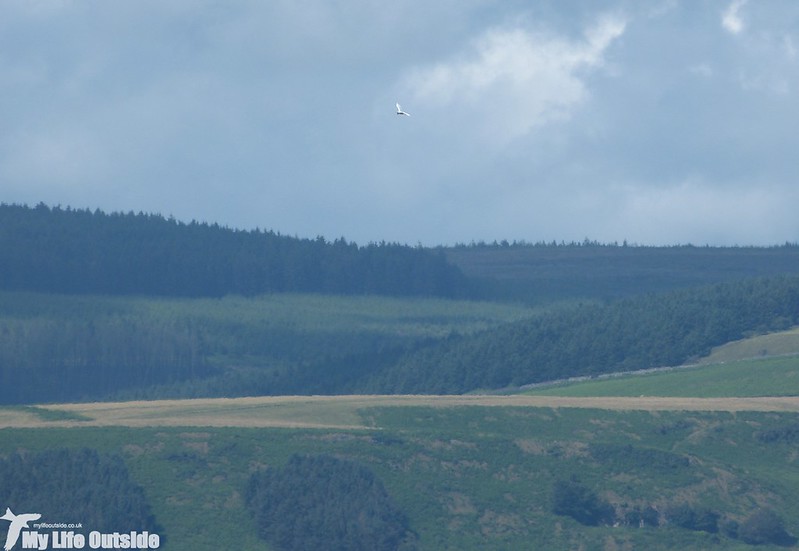
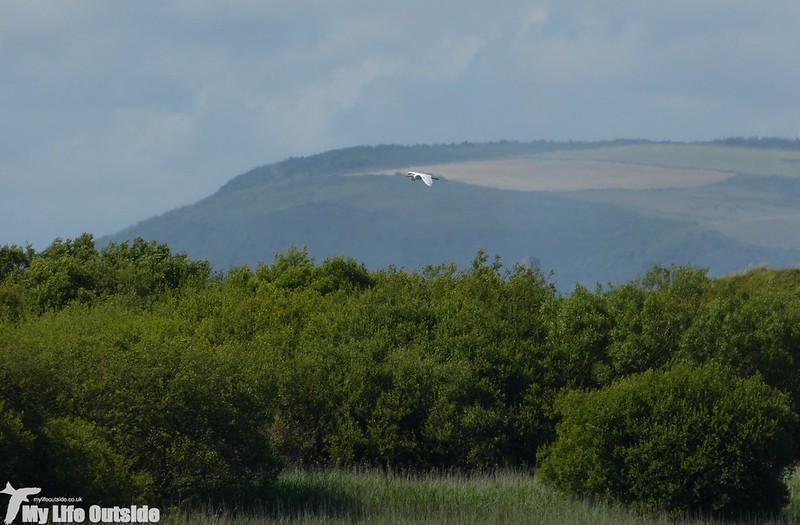

Of course all these new Heron species does bring in to question the ongoing success of our native Grey Heron, a bird I’m sure we see less and less off as Little Egrets continue to increase in number. I’ve not seen any research to support this observation however so it could just be coincidence. Kenfig at least still holds a healthy population and we saw two individuals during our stay. One pushed its luck by landing in the same tree as the Great White Egret (it escaped with nothing more than a surly look) whereas the other came and landed in front of our position. Right idea, just not quite the right bird.
Out on the pool itself waterfowl numbers were low as you’d expect for this time of year. Mute Swans, Canada Geese and a couple of Great Crested Grebes about summed it up but we did see some very interesting behaviour from a female Mallard. The shallow water in front of us was teaming with fish which would frequently leap clear to presumably escape an unseen threat. All of this activity had clearly attracted the Mallard’s attention as it swam over and began to chase the fish. Needless to say the gathered shoal went mad leaving the water a frothing mass yet even that couldn’t save them from their fate. I’ve never seen a Mallard hunt in this manner before and wonder if anyone else has similar anecdotes to share?
The surrounding vegetation held a motley collection of Willow Warblers, Chiffchaffs, Whitethroats and best of all (in my opinion anyway) a pair of calling Greenfinches. Very smart looking birds especially when the sun’s shining.
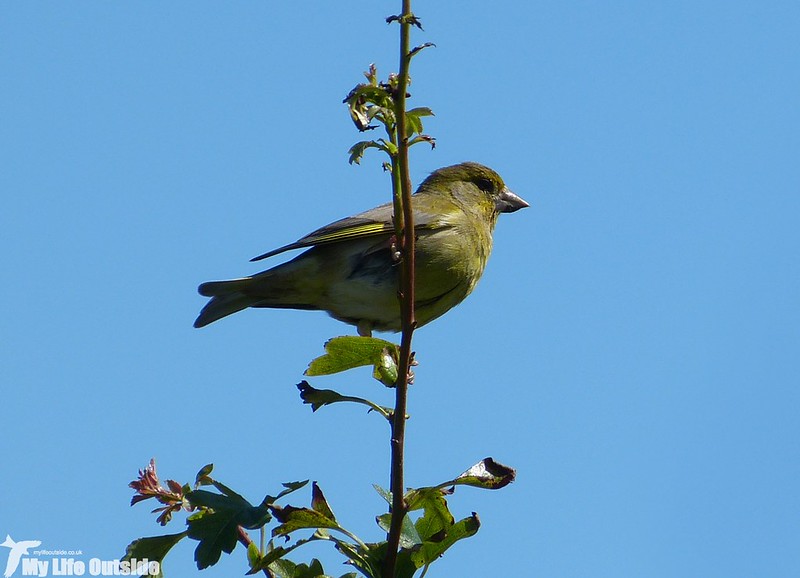
As good as the birds were the insects were, if anything, even better. In the hot, still air between the dunes a constant hum signalled that we were very much not alone. Unfortunately most were of the annoying, biting variety but thankfully there were plenty of butterflies and dragonflies about as well. Of particular note was a large emergence of Ringlets as well as good numbers of Small Skipper.
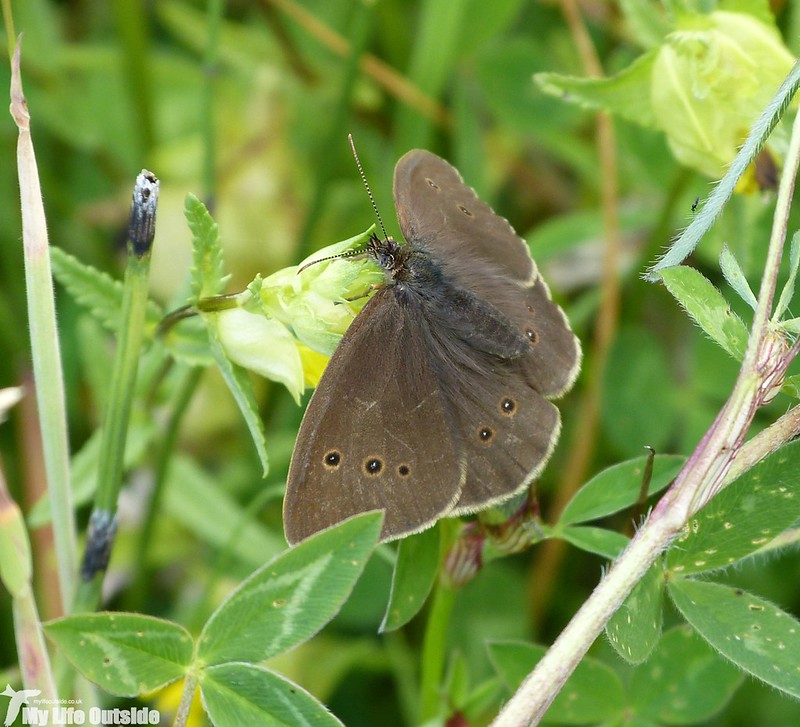
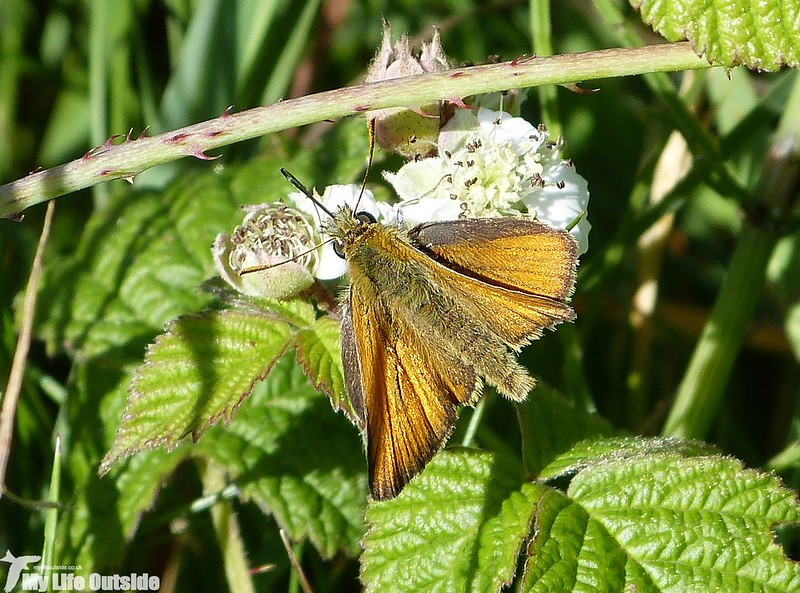
On the Dragonfly front I must admit to being a bit low on identified species as without a photo I’m at a bit of a loss. Of those I do know we saw Golden-ringed, Southern Hawker and this Black-tailed Skimmer, a new species for us both.
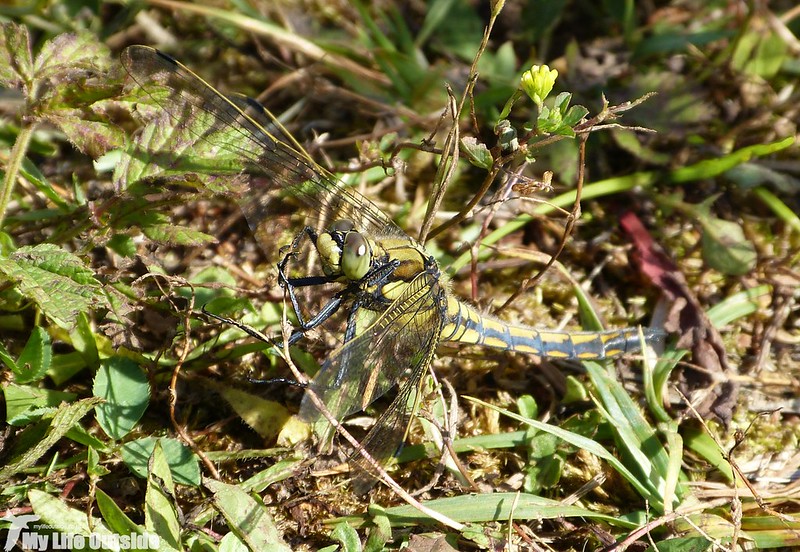
I also found one of Kenfig’s specialities in the shape of this Six-spot Burnet Moth caterpillar. I say that not based on any empirical evidence but purely on the fact that this is the only place I have ever seen any!
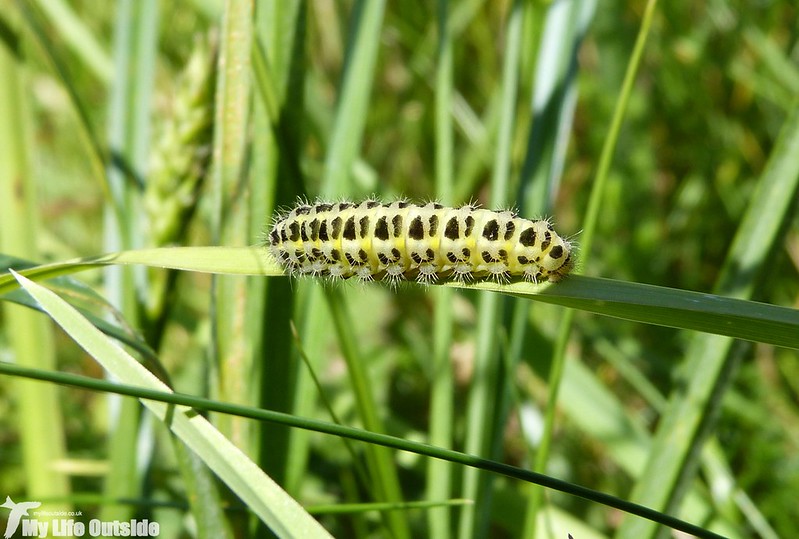
We did manage a whole loop of the pool during our afternoon visit adding species such as Sand Martin, Jay and Reed Warbler but sadly our normal ice cream purchase looks to be no more. Funding cuts in recent years had already put the reserve on a skeleton staff of one and now it seems as though even that is too much to ask. The visitor centre is closed, seemingly for good, and one has to question what the future holds for habitat management on the reserve itself. Only time will tell I guess but at least for now the birds are still delivering the goods.
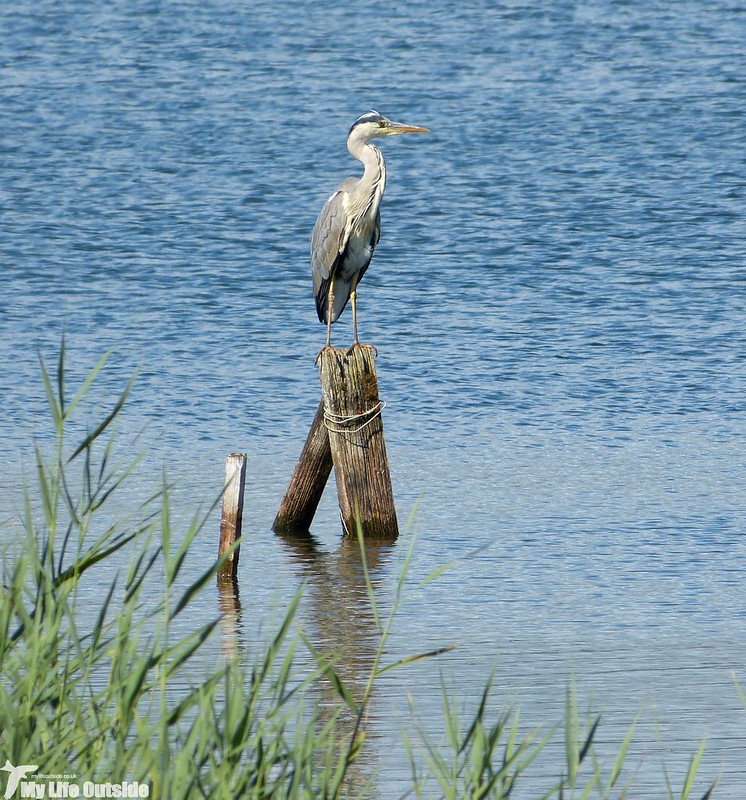



0 Comments